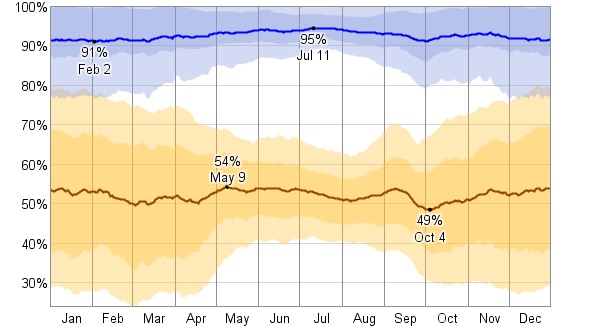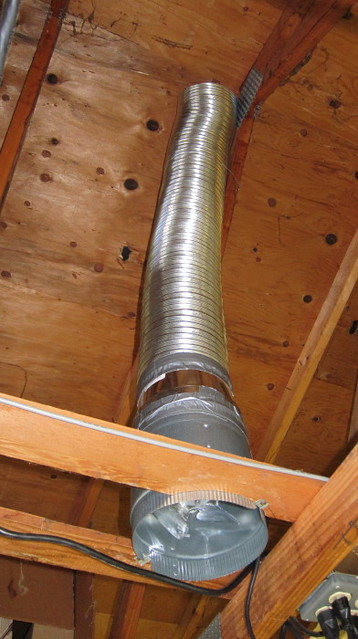I replaced the gable end fan a year or so ago. This was a few years after adding blown-in insulation to the attic.
Recently we had someone replace the louvers on both ends of house. What he used had more ventilation possible. In combination with the new, quiet fan, heat is exhausted from the attic space much more quickly.
When we replace roof next year, I might add the solar-powered ventilator. Need to research that a bit more.
If there's a lot of heat in the attic, mechanical ventilation (solar or line electric powered) sometimes makes sense. It's really important that whole ventilation scheme be thoroughly thought out, though.
- There needs to be plenty of make-up air available from down low (soffit vents, etc).
- "Short circuiting" needs to be prevented. I see lots of solar/powered vents on the same roof with a ridge vent. What often happens is the powered vent draws directly from the nearby high vent (rather than the soffit vents) and most of the attic remains unventilated.
- There needs to be very good gap sealing between the the attic and the living space if mechanical ventilation is installed. Even with lot of "net free area" in soffit vents, mechanical ventilation will partially depressurize the attic (that's what makes the hot air move to the fan). This depressurization can suck in considerable amounts of cool, conditioned air from the living space. Obviously, this greatly reduces any cost/energy savings that mechanical ventilation might have provided.
Best bang-for-the-buck:
- Good sealing between attic and living space.
- Lots of insulation between the living space and the attic (pays off winter and summer).
- Lots of passive ventilation in the attic: Runs for free, never breaks, requires no maintenance, reduces moisture problems in winter, reduces threat of ice dams in the winter. >In general<, ridge vents are best, but gable vents and "can" vents can be fine, too. There needs to be as much soffit vent area as there is high vent area, and it needs to be unblocked (no insulation in the way, etc).
- In areas with a lot of hot weather, consider radiant barriers in the attic (usually stapled up to the bottom of the rafters/joists that support the roof deck). No maintenance, does a good job of stopping the radiant transfer of heat from the underside of the roof deck to the top of the insulation (which can be considerable, and which isn't directly addressed by attic ventilation). An easy DIY project with good payback >if< the home is in a hot climate. Virtually zero benefit when the weather is cold.


